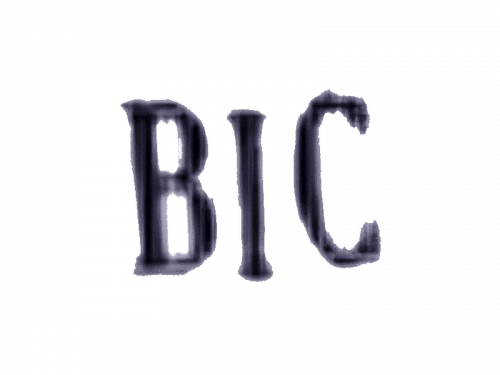Bic Logo
Bic, a global company known for its disposable consumer products, primarily focuses on manufacturing writing instruments, lighters, and shavers. Its main markets span across Europe, North America, and parts of Asia, catering to a wide consumer base with its affordable and reliable products. The company is publicly traded, with diverse shareholders and no single majority owner. Bic’s commitment to sustainability and innovation continues to drive its growth in various sectors.
Meaning and history
Bic Corporation, a renowned global brand recognized for its disposable consumer goods, boasts a captivating history marked by resilience and ingenuity. Established in 1945 by Marcel Bich and Édouard Buffard, the company’s humble beginnings revolved around crafting ballpoint pens. Swiftly, it gained notoriety for its dependable and budget-friendly writing instruments, swiftly becoming synonymous with everyday penmanship.
The 1950s witnessed Bic’s diversification as it ventured into producing disposable razors, soon followed by the iconic Bic lighter in 1973. These additions further cemented the company’s reputation for top-tier, cost-effective disposables, upholding its commitment to simplicity and accessibility.
Ownership and leadership of the Bic empire underwent a transition in the late 1990s. In 1995, Marcel Bich retired, passing the reins to his son, Bruno Bich. Subsequently, in 2000, the Bich family made a pivotal decision, transforming Société Bic into a publicly traded company, subsequently listed on the Euronext Paris stock exchange.
Société Bic continued to expand its global footprint, while emphasizing eco-conscious practices and social responsibility. Recent years have witnessed the company’s exploration of environmentally sustainable alternatives for its products, championing eco-friendly pens and lighters.
Bic Corporation, born in 1945, has metamorphosed from a modest pen manufacturer into a worldwide leader in disposable consumer merchandise. While changes in ownership transpired, the company’s unwavering dedication to affordability and dependability remains at the heart of its triumphs. Bic remains adaptable to evolving markets, steadfast in its mission to furnish straightforward, accessible, and superior products to consumers worldwide.
What is Bic?
Bic is an international corporation renowned for disposable products like pens, lighters, and razors. It’s recognized for the iconic Bic Cristal ballpoint pen, embodying reliability and affordability globally. Shares are traded publicly, reflecting a wide investor base without dominant ownership. Bic’s sustainable and innovative approach drives its expansion in various markets. The brand’s legacy is shaped by its commitment to practical, everyday items. Bic’s influence extends beyond consumer goods, reflecting in its environmental initiatives and design simplicity.
1945 – 1961
The logo exhibits a bold, standalone lettering style that spells out “BIC”. The font is unembellished, straightforward, and readable, aligning with Bic’s brand philosophy of simplicity and functionality. The backdrop is plain, ensuring that the viewer’s attention is not diverted from the text, which serves as the central visual element.
1961 – Today
The logo presents a vivid tableau featuring the iconic Bic brand name emblazoned in bold, black lettering set against a striking yellow oval background. Accompanying the brand name is the Bic Boy, a playful mascot, characterized by a simplistic, stick-figure design with a large, expressive orb for a head. Clad in an orange tunic and donning matching boots, the Bic Boy holds aloft a pen, symbolizing the core product that has become synonymous with the brand. This image contrasts with the previously described logo by introducing a mascot, which adds a humanized element, and by employing a brighter color scheme that captures attention. The composition is minimal yet impactful, reinforcing brand recognition through its playful yet straightforward graphic elements. The transition from the smoky, ethereal texture of the previous logo to the clean, cartoon-like illustration here marks a significant shift towards a more approachable and family-friendly brand image.













